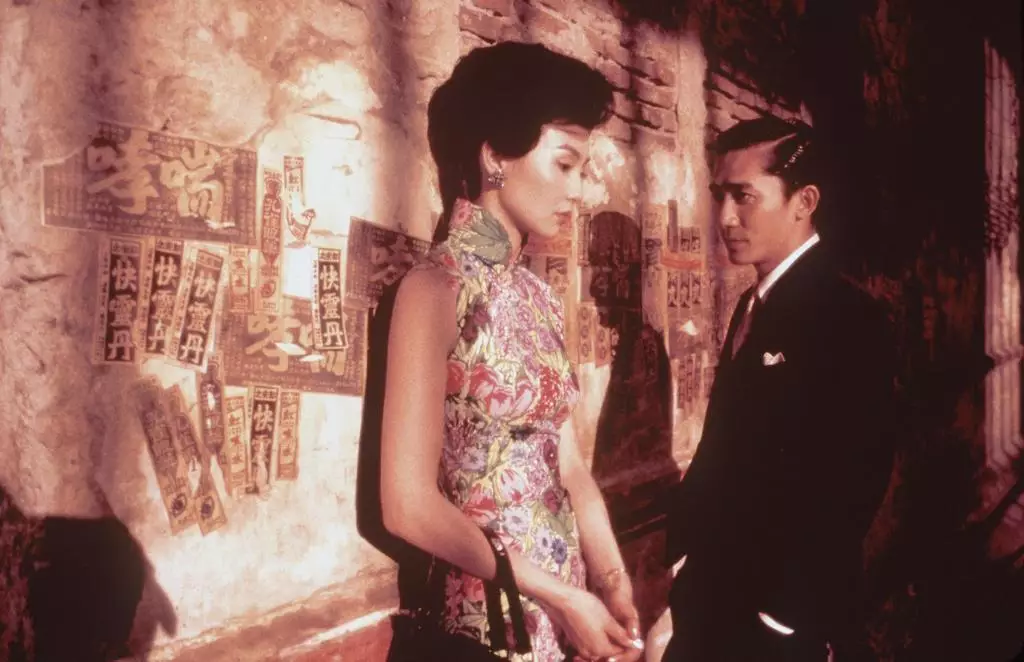In an era when blockbuster franchises and mega-budget films dominate multiplex screens, the achievements of indie films like A24’s *Sorry, Baby* feel like refreshing sparks rather than mainstream events. Eva Victor’s directorial debut opened solidly in just four theaters, pulling in an impressive per-theater average but ultimately reaching a boutique audience. This film, lauded at Sundance and boasting a 96% Certified Fresh rating on Rotten Tomatoes, represents a shining example of what independent cinema can offer: originality, nuanced storytelling, and a voice distinct from endless studio formulas. However, its limited release speaks volumes about the systemic hurdles facing indie films—no matter their quality.
Despite its critical acclaim, *Sorry, Baby* remains tethered to niche status. The film expansion strategy reveals a cautious approach, emblematic of indie releases struggling to break through the noise of blockbuster marketing campaigns. What this situation underscores is that cinematic artistry isn’t adequately supported by market structures that privilege mass-appeal spectacles over thoughtful, boundary-pushing narratives. Victor’s film, with its dark comedy and sharp social observation, offers more cultural value and lasting impact than countless summer tentpole flicks, yet it receives a fraction of the exposure.
Marketing and Monetization: The Real Battleground for Indies
The economics behind independent film releases present a challenging landscape. Unlike studios with billion-dollar marketing machines, independent distributors must be strategic to survive. Take *Materialists* by Celine Song, another noteworthy example from A24’s portfolio, which approaches $30 million in revenue after a thoughtful expansion to nearly 2,000 screens. This kind of scaled rollout, paired with strong critical praise, enabled the film to break into the top 10 box office rankings—a rare feat for an indie.
Meanwhile, other smaller titles like *Hot Milk* and *Afternoons of Solitude* operate even closer to the margins. *Hot Milk* opened to a modest $40.5k in 375 locations; *Afternoons of Solitude,* a verité documentary in Spanish, earned just $9.1k on a single screen despite winning major festival prizes and gaining Spike Lee’s public endorsement. These films highlight a dual reality: artistic risks and festival success don’t always translate into commercial viability or audience reach. The real success story for indie films lies in a mix of clever distribution, grassroots audience building, and diversified revenue streams such as streaming platforms, festival buzz, and eventual home media sales.
The Role of Cultural Memory and Film Preservation
A curious dynamic that often competes with fresh indie films for box office share is the resurgence of iconic classics. Janus Films’ recent remastered rerelease of Wong Kar-wai’s *In The Mood For Love* for its 25th anniversary, expected to gross $52k in limited venues, demonstrates a hunger for classic cinema experiences. This phenomenon may seem advantageous for film culture, but it implicitly sidelines new voices trying to emerge. The nostalgic allure of revered masterpieces—repaired, repackaged, and re-energized—reaffirms the theatrical experience, yet may hamper contemporary originality’s ability to find commercial traction.
It also raises a broader question about what contemporary audiences are being offered. The pandemic and the rise of streaming have changed how we consume stories. The theatrical space is often dominated either by safe blockbusters or celebrated classics rerun, leaving little elbow room for emerging stories that challenge or complicate dominant cultural narratives.
The Middle Path Forward: A Creative and Strategic Imperative
For indie films to thrive in 2025 and beyond, they need more than critical praise or festival awards—they require savvy marketing, strategic release models, and support from broader distribution networks that value long-term cultural investment over immediate box office returns. Platforms like IFC’s Shudder offer lifelines by extending a film’s life beyond theaters, but without a sustainable ecosystem prioritizing film diversity, many deserving works remain invisible.
This isn’t just a question of economics but cultural equity. Center-wing liberalism, with its emphasis on both free expression and structural support, suggests it’s time for policies and industry practices to better nurture independent voices. Whether through public funding, tax incentives, or guaranteed screen allocations for indie and underrepresented films, a more balanced ecosystem would enrich American cinema, making it more inclusive, dynamic, and reflective of diverse experiences.
Indie films like *Sorry, Baby* amplify voices worth hearing. Ignoring them in favor of juggernauts weakens not only the artistry of cinema but the social dialogue it can foster. If the industry truly values innovation and cultural resonance, the time has come to give such films their rightful place—not just as boutique curiosities but as vital contributors to our shared cultural landscape.


Leave a Reply